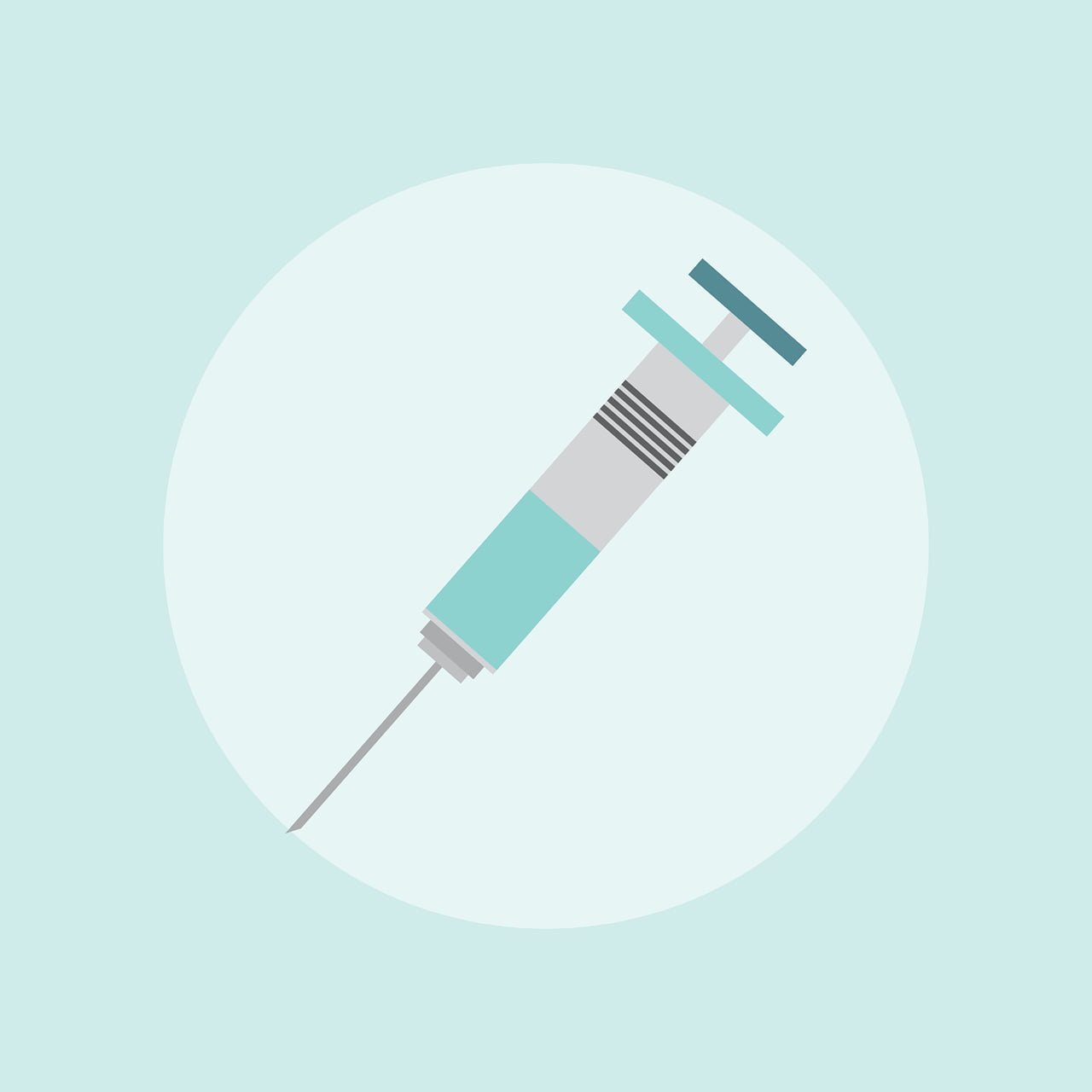Combining lenacapavir (LEN, Gilead) and two broadly neutralizing antibodies (bNAbs) could be a good option for HIV treatment in certain patients, according to results of a phase 2 trial presented at EACS 2025, in Paris.
The investigators (abstract PS09.2) found that LEN, when administered with teropavimab (TAB, Gilead) and zinlirvimab (ZAB, Gilead), produced only a slightly lower average increase in CD4+ counts than a stable baseline daily oral antiretroviral regimen (SBR). In addition, most had a consistent viral load of less than 50 copies/mL. These results have been shown out to 52 weeks in the phase 2 trial (ClinicalTrials.gov Identifier: NCT05729568).
The new data from the phase 2 trial are hopeful, according to Gilead spokesperson Brian Plummer. “The data presented at EACS is the first time we have seen outcomes from multiple doses of this novel long-acting regimen and the first time we have patient reported outcomes and preference questionnaires, so the results are very exciting,” he told Infectious Disease Special Edition.
Tolerable and Effective
In the open-label study, virologically suppressed people living with HIV, who were known to have viruses highly susceptible to both bNAbs, were randomized 2:1 to switch to 927 mg of twice-yearly subcutaneous LEN (plus oral 600 mg on days 1 and 2) with 2,550 mg of IV TAB and 2,550 mg of IV ZAB or remain on SBR. The enrolled participants were an average of 51 years of age, 15% identified as female, and 36% identified as Black. Their mean CD4+ count was 748 cells/mcL.
At week 52, only three participants in the LEN/TAB/ZAB group (n=53) had HIV RNA copies of 50 copies/mL and higher. No participants in the SBR group (n=27) reached that threshold. Similarly, mean CD4+ counts increased in both groups (LEN/TAB/ZAB: +10 cells/mcL; SD, 208 vs. SBR: +53 cells/mcL; SD,124).
Few Adverse Events
There were no grade 3 or higher adverse events (AEs), and none led to treatment discontinuation. Almost all AEs were grade 1 (30/36). Many were injection site reactions related to subcutaneous LEN. There were no infusion-related reactions with the bNAbs. “Both teropavimab and zinlirvimab are fully human monoclonal antibodies that bind exclusively to the HIV envelope protein, and therefore are expected to be extremely safe and well tolerated,” Mr. Plummer explained. “They are administered via an intravenous infusion, and therefore are not likely to cause any local reactions at the site of administration.”
With low AEs and maintained viral suppression, research will continue into LEN/TAB/ZAB.
“This is the most advanced bNAb-containing regimen, and as such, it is expected to be the first to begin phase 3,” Mr. Plummer said. “If phase 3 were to go as planned, it would likely also be the first bNAb treatment available for patients.”
Planning for phase 3 is underway, Mr. Plummer noted.
By Meaghan Lee Callaghan
Source : Infectious Disease Special Edition


Leave a Reply